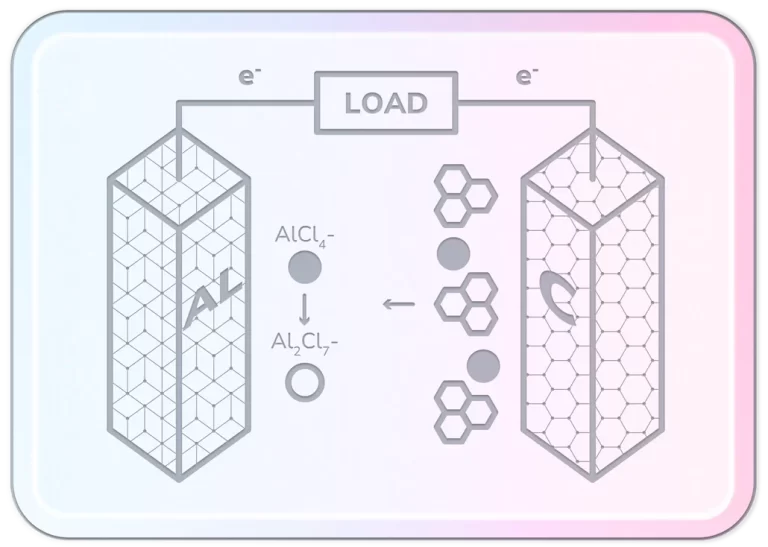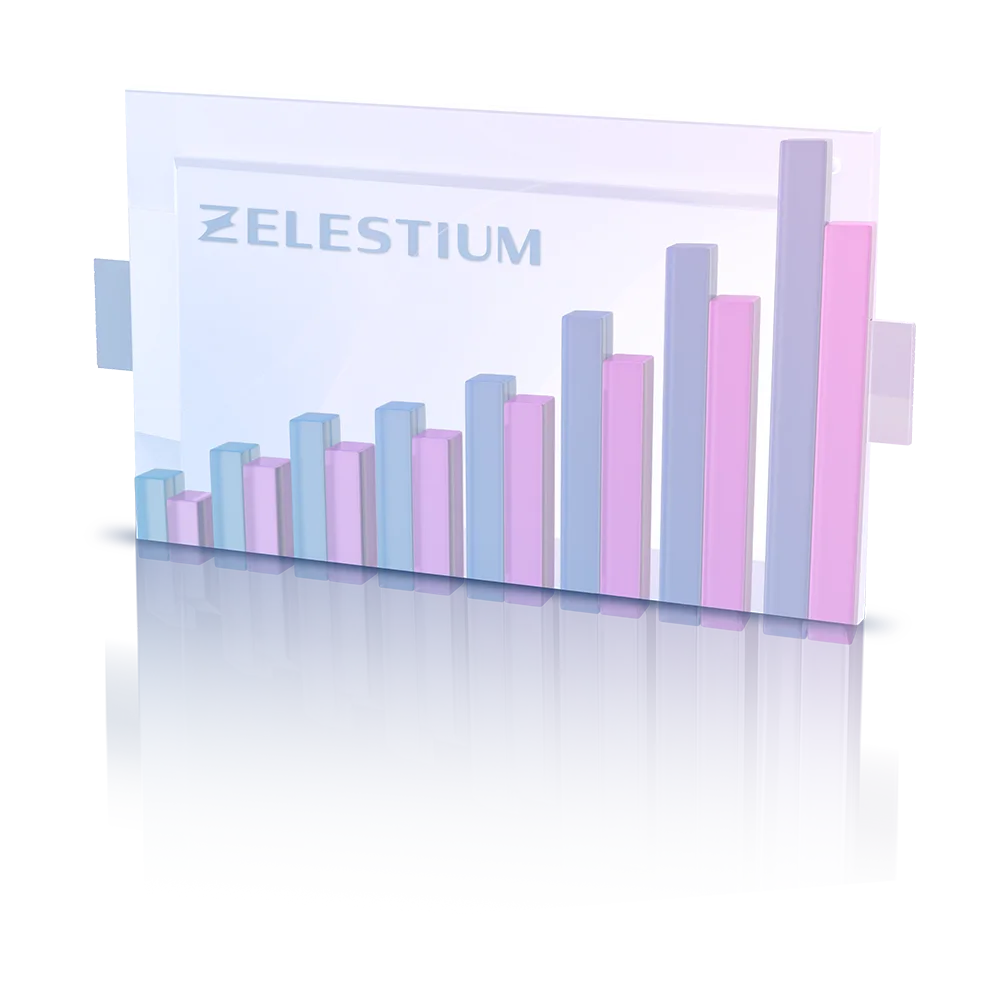Aluminium, Carbon, and Urea. We are working with suppliers which are also aware of sustainability. In the case of Aluminium, our main supplier manufactures a high-purity (up to 4N+) Aluminium product with the lowest environmental footprint in the industry of Aluminium manufacturing.
In the case of Carbon and Urea, both are obtained as by-products of other chemical industries and let our suppliers the chance to improve their circular economy strategy, valorizing this by-product and giving them a second life.


Aluminium is the second element of the Periodic Table with greater theoretical storage capacity, in terms of specific energy (Wh/kg), after Lithium, and the first one in terms of volumetric energy (Wh/l), but without involving safety problems related to storage, overcharge and transportation of Lithium batteries.
Aluminium is the most abundant metallic element on Earth’s crust (8.3% by mass) and the third most abundant of all elements, with stable price and low recycle cost due to the high energy efficiency recycling process. No extra transportation costs related to safety issues must be taken into consideration for Aluminium batteries and manufacturing process does not require such a relevant initial investment as required for Lithium-ion batteries.

Zelestium Technologies, S.L.
Avenida de Ágreda 5, bajo A
42110 Ólvega
Soria – Spain
Copyright© 2024 Zelestium Technologies. All rights reserved.
Designed by : www.francispoyatos.com
This site uses cookies to offer you a better browsing experience. Find out more on how we use cookies and on our cookie policy page.